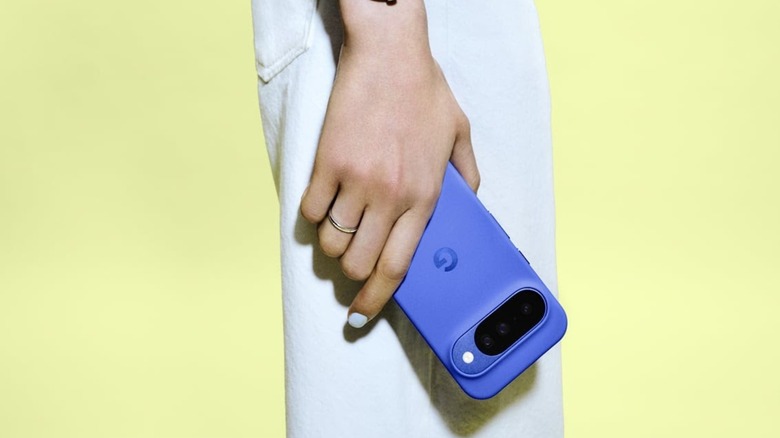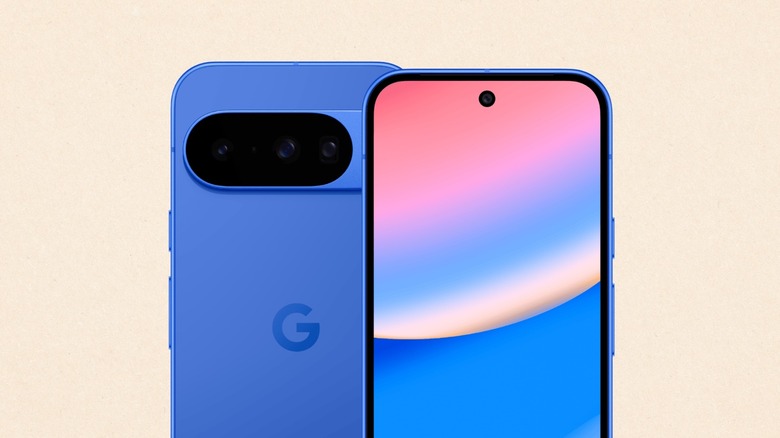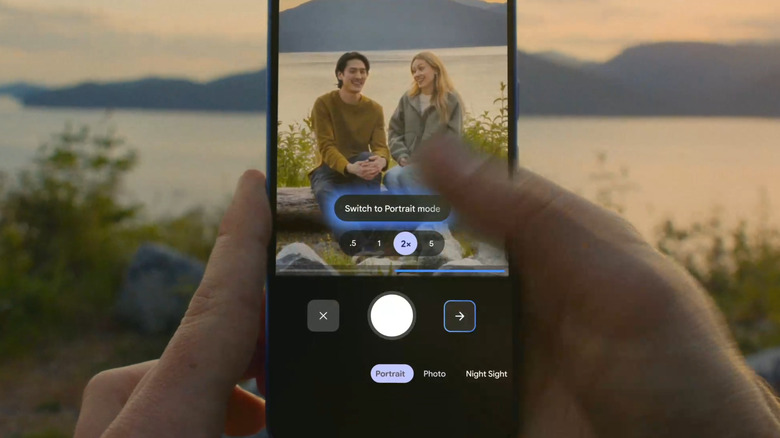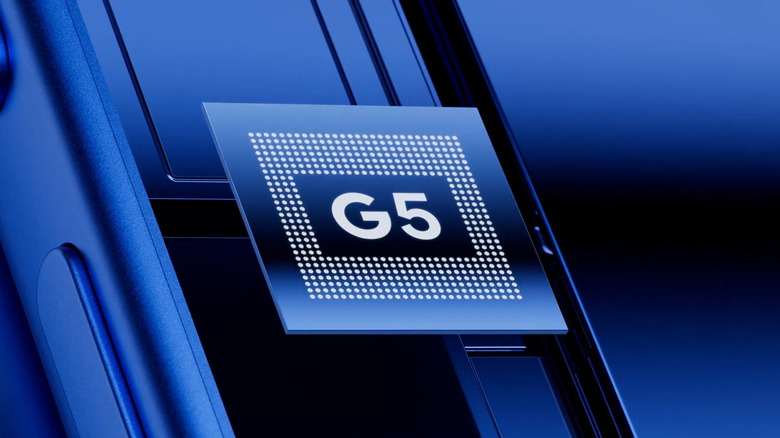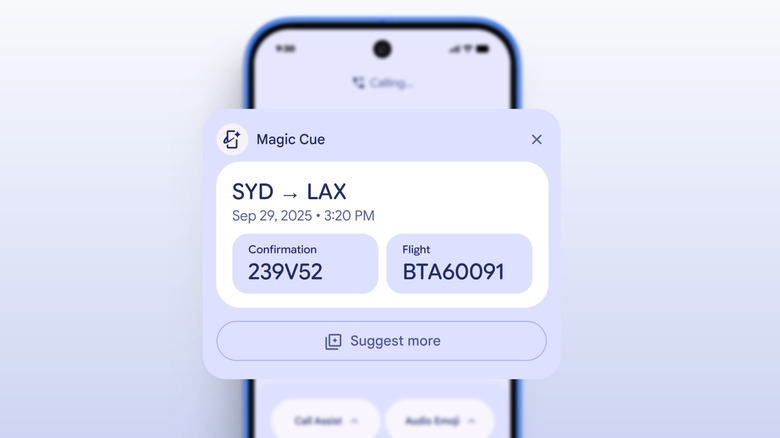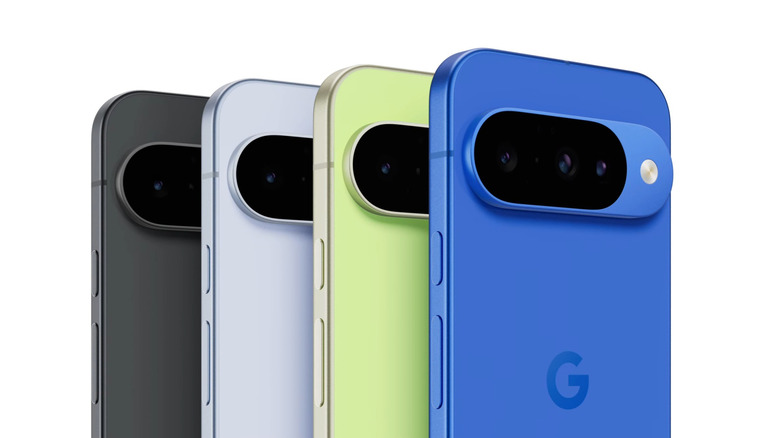Google Pixel 10: 5 Things To Know Before Upgrading
Google launched its latest flagship phone series, the Pixel 10, on August 20, 2025. At first glance (or even at multiple stares), the Pixel 10 series looks almost identical to its predecessor — the Pixel 9. But upon closer inspection, several under-the-hood upgrades make the Pixel 10 a compelling buy. The Pixel 10 series has a good amount of muscle to go up against the likes of the Samsung Galaxy S25 and the iPhone 17. Just like the newly launched vanilla iPhone 17 is the best model in the lineup, the same is true of this year's Pixel 10.
The Pixel 10 comes in a compact form factor and features many upgrades that will tempt buyers. For starters, the vanilla Pixel 10 features a triple-camera setup, replacing the dual-camera system on the Pixel 9, which is comparable to the Samsung Galaxy S25. Plus, Google improved the display and the performances of the phone. While there are many cheaper alternatives to the Pixel 10's $799 price tag, few can match Google's support for its Pixel phones.
The build is high quality
Google has stuck with last year's design for the Pixel 10 — after all, why fix what isn't broken. The only big visible difference between the Pixel 9 and the Pixel 10 is the triple-rear camera on the latter. Despite not being a Pro model, the Pixel 10 doesn't compromise on materials, with a great build quality that feels premium right from the moment you pick it up. The best thing is that it is compact and ergonomically designed — no sharp edges will make a dent in your palm, and it's easy to handle with one hand. According to Google, the Pixel 10 is twice as durable as the Pixel 8.
The Pixel 10 features a 6.3-inch Super Actua 120Hz refresh rate display. It is vibrant, sharp, and produces punchy colors. The brightness was increased to 3,000 nits from the 2,700 nits of the previous model. It is protected by Gorilla Glass Victus 2 on the front and back, considered by some experts to be one of the most resistant choices on the market right now.
Another important addition is support for Qi2 wireless charging, which Google calls "Pixelsnap." As you'd expect, the fingerprint scanner works very well, but it can't be used when the screen is turned off. Overall, in terms of design, the Pixel 10 should rank among the top three easy-to-handle phones in the market.
The camera has a x5 optical zoom
Before the tenth pixel series, if you wanted a better camera system with a dedicated zoom lens, you needed to purchase a Pro model. Now, Google has introduced a zoom camera to the vanilla Pixel 10 as well. The Pixel 10 camera system includes a 10.8 MP zoom camera, which offers the same 5x optical zoom capabilities as the Pixel 10 Pro and Pixel 10 Pro XL. This brings Google's phone on par with the competition, namely the Galaxy S25. If anything, the Pixel 10 takes the lead, as its adversary is limited to 3x zoom.
While the Pixel 10 has gained an additional camera, Google has done a bit of cost-cutting. Google switched the 50 MP sensor of the Pixel 9 to a smaller 48 MP. The ultrawide lens has also been downgraded from 48 MP to just 13. The aperture was reduced, with the field-of-view also taking a hit. Many experts remark that, while the camera isn't the phone's highlight, it's still decent. Pixel phones were known for their integrated cameras, but recently, the likes of Samsung and Vivo have taken a step forward.
To compensate, Google filled the Pixel 10 with many AI-powered camera features. The Camera Coach is supposed to guide you to take better photos, while Auto Best Take "analyzes up to 150 frames in just several seconds" to ensures that everyone in a photo looks great. Other features, like Guided Frame and Panorama Mode, work similarly.
Performance and battery life have not improved
Google has been on the receiving end of a backlash because of a feature called Battery Health Assistance. This feature gradually decreases the battery's voltage and charging speed, which is supposed to slow its aging. You'd expect a feature like this to be just an option, but in Pixel 10, you can't disable it. Some users are bound to dislike a feature that throttles their phone's battery in the early days, and there's nothing they can do about it. This is something you should keep in mind before deciding to purchase the Pixel 10.
Coming to the good stuff, Google has packed a 4,970 mAh battery inside the Pixel 10, compared to the 4,700 mAh battery inside the Pixel 9. However, independent tests by GSMArena revealed that the Pixel 10 delivers just 9 hours and 38 minutes of active use per charge, far worse than the Pixel 9's 13 hours and 5 minutes. The Pixel 10 supports 30W fast wired charging and 15W Qi2 wireless charging.
Under the hood, the phone is powered by the Tensor G5 chipset, which is made by Taiwan's TSMC. Though Google has made improvements with this new SoC, benchmark testing reveals that the G5 seems noticeably weak for gaming. This is not surprising, as Google has been quite far behind its adversaries in terms of graphical performance.
Exclusive software and AI features
Instead of debuting with a Pixel phone this year, the new version of Android OS, Android 16, was first seen in the Samsung Galaxy Z Flip7 and Z Fold7. Despite that, the Android 16 experience on the Pixel 10 is among the best. The Pixel 10 is packed with AI functions, in addition to the standard Android 16 features that all other eligible Android phones will receive.
The Magic Cue feature is supposed to understand what you're doing and offers helpful recommendations, though it only works with first-party apps. Then there are Pixel Screenshots, Voice Translate, Daily Hub, new writing tools in Gboard, Pixel Journal app, Pixel Studio, a new Screen Saver mode, and other additions that together make the whole Google experience feel truly polished.
Google's software update support policy is quite robust, too. Pixel phones not only get regular new security updates, enhancements, and feature updates, but all Pixel phones after gen 8 are entitled to seven years of Android OS updates. This will increase the life of your phone, especially because it includes security updates, which are pretty much essential.
The price did not increase from Pixel 9
For some buyers, price may be the last thing they consider, but it's still an important factor when determining a good of a deal you're getting. Last year, Google messed up with the pricing for the Pixel 9, selling the base model for $799. Thankfully, Google did not jack up the price for the latest model, like it has done for two years in a row. The Pixel 10 costs as much as the previous model, but it comes with a lot of upgrades. The Pixel 10 starts at 12GB RAM + 128GB storage, while the 256GB configuration will cost you $100 more.
The comparable Galaxy S25 is currently available for $719, while the iPhone 17 also starts at $799. The best part is that Google and some carriers offer aggressive trade-in and subscription offers, so you can bring the price even lower. One potential issue for the future is that, when compared to the likes of the iPhone, a Pixel rarely fetches a good price on the used market. This is something to keep in mind if you like getting a new phone every other year.
